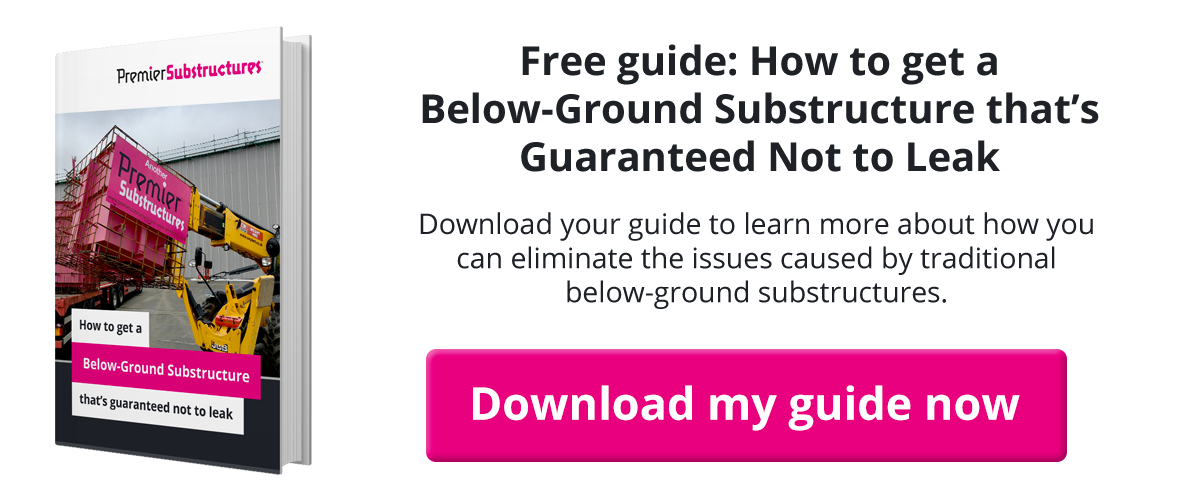Looking for a railway inspection pit for your next project, but need a better idea of costs first?
I understand that staying on-budget can be a big concern. Your project may be very rigid – or even government funded – so overspending generally isn’t an option.
Perhaps you’ve even already quoted to complete the works with in situ or precast concrete, but want a better idea of your options when constructing below-ground; such as prefabricated steel substructures.
If you’re considering a different approach that still has to come in at around the same cost, whilst also being completed to a high tolerance (+-5mm), this blog will hopefully be able to help.
As a subcontractor who specialises exclusively in prefabricated steel substructures, I wanted to address the question of costs – so you can get a better idea of how a prefabricated steel railway inspection pit compares to other methods of below-ground construction.
How much should a railway inspection pit cost?
The typical cost of a prefabricated steel railway inspection pit can differ depending on the project, and many different variables.
Saying that, you can expect to pay around £1,500 – £2,500 per linear metre for a railway inspection pit manufactured from prefabricated steel.
The length in particular will have an impact on cost. The width and height are the same on most pits (around 1200mm wide and 110mm – 1300mm deep), however the longer your railway inspection pit is can sometimes mean we’re able to get a better economy of scale.
What other factors can affect cost?
With in situ and precast, there are certain risks involved. Especially when it’s critical for railway inspection pits as the rail chairs need to be built to very high tolerances (+-5mm).
Especially with in situ, the risks of going over tolerance and having to rectify these problems could lead to you going over-programme – and, as a result, over-budget.
In contrast, prefabricated steel railway pits are built to very tight tolerances of +-3mm and those risks are eradicated. Check out our recent case study to see how we’ve applied this to a real-world project, and the difference it made to Alstom Technology Centre as a result.
TIP: A prefabricated steel substructure can also save you 70 – 80% of time spent on-site.
There’s also the long-term cost savings to consider. An independent expert in the field of steel corrosion, investigated and put together a report that prefabricated steel substructures will last over 100 years in the ground, up against the most acidic ground conditions (rare in the UK).
Check out our recent blog to learn more about the longevity of prefabricated steel, and how it can ensure your railway inspection pit will last the distance.
Advice from a specialist subcontractor
If you’re interested in the idea of prefabricated steel for your railway inspection pit, but are still feeling uncertain if this is the right choice for your project due to costs, the best thing to do is to get in touch with us directly.
We can issue you a budget and not only give you a better idea of costs, but also explain more about the benefits of a higher tolerance, speed on-site and long-term waterproofness.
Conclusion
Thanks for reading. Hopefully this blog has given you a better idea of costs with regards to prefabricated steel railway inspection pits.
However, if you want to more closely compare your options, and get a quote for your specific project that includes everything from design to installation, I’d recommend getting in touch with me directly.
Alternatively, if you have any questions, just leave me a comment below – I’ll be happy to help!

